Marcus Fairs, who passed away earlier this month, changed the way we consume design news, writes Justin McGuirk.
Marcus Fairs
27 November 1967 to 30 June 2022
Salman Rushdie once said that the internet was the final victory of the numerate over the literate. Such snidery was not uncommon among the denizens of print media in the mid 2000s, as websites began the inexorable process of eating their lunch, and the focus shifted to “content”, listicles, clicks and Google Analytics.
Marcus Fairs, who has died suddenly at the age of 54, was a product of the former culture and a pioneer of the latter. Dezeen, which he founded in 2006, is almost certainly the most popular design website in the world, attracting three million visitors a month. Not bad for a project launched out of a spare bedroom in Stoke Newington.
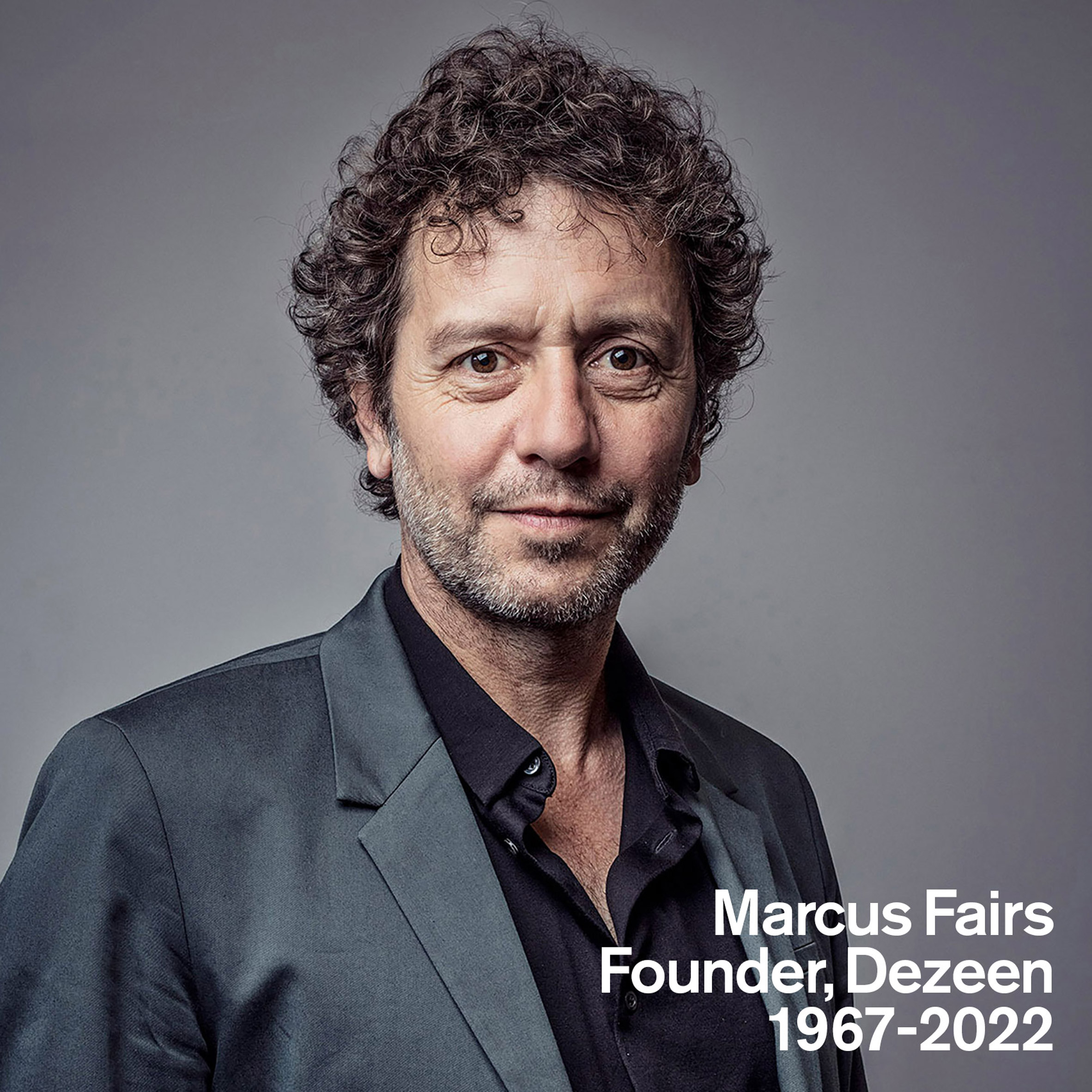
Fairs will be remembered as a gifted journalist and a driven entrepreneur. Energetic and competitive, he needed to be at the centre of things and had a knack for making sure that he was.
In his heyday, he was uncompromising when it came to a story, and was always prepared to ruffle feathers – knowing that, more often than not, he would win his subjects over again.
“If you want to be seen you have to be on Dezeen”
He was also tremendous fun: quick to laugh, always game and last seen headed for the afterparty. In recent years, being at the centre of things must have been easy because he had made Dezeen the indispensable site for design news.
When it comes to the latest product, interior or building, if you want to be seen you have to be on Dezeen. It is a routine part of millions of readers’ lives, and that will be his legacy.
The son of David Fairs and Georgina Ledward, his father was a lieutenant colonel in the British Army who was on a NATO exercise in Luxembourg when Marcus was born in Rinteln, Germany, on 27 November 1967.
Fairs was interested in design from an early age – attending Winchester College of Art before going on to study 3D design at Wolverhampton University – but mostly he wanted to be a travel writer. One of his heroes was the desert explorer Wilfred Thesiger.
Fairs had “a reputation as a journalist with a nose for a story”
His longing for adventure took him to a kibbutz in Israel and then to a spell in Cairo, followed by travels to Tibet and India with his future wife, Rupinder Bhogal. She and Fairs spent some time living in Spain, where she was studying Spanish at the University of Valencia and he taught English as a foreign language.
A qualified tour operator, he went on to work with his father in the family company, Langdale Walking and Adventure Holidays.
It was relatively late that Fairs brought his interests in design and journalism together. In the late 1990s he joined Building Design, where he honed his talent for news journalism. He moved on to be features editor and then deputy editor at Building magazine. These were the days when a journalist at a weekly with a healthy circulation could still imagine a long magazine career ahead.
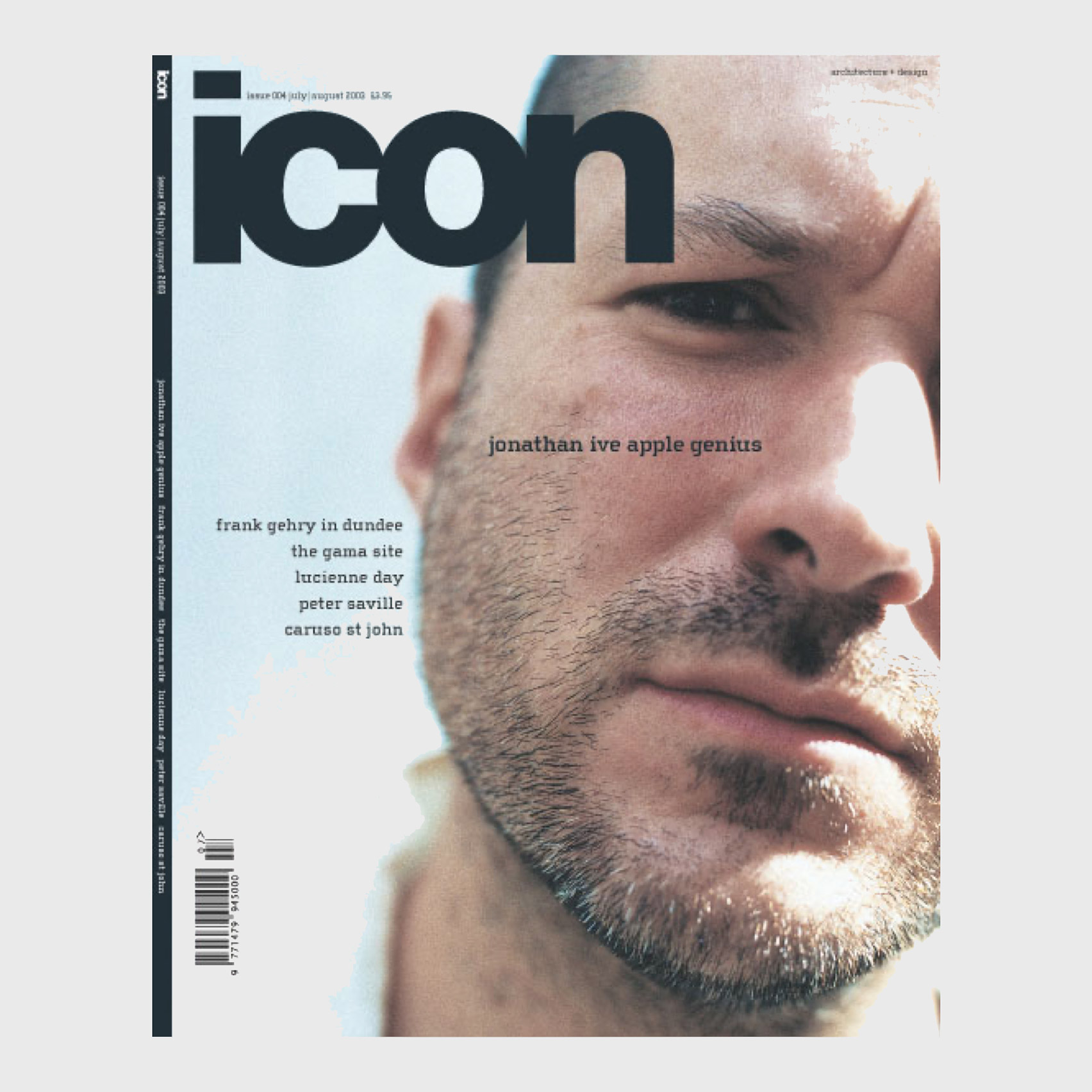
By then Fairs had already earned a reputation as a journalist with a nose for a story and a taste for peeling the PR veneer. One of his Building coups was a story about how the real designer of Norman Foster‘s 30 St Mary Axe, aka the Gherkin, was in fact Ken “the pen” Shuttleworth – a story that earned him Foster’s enduring wariness and hastened Shuttleworth’s independent career.
A believer in the power of awards, Fairs won plenty of them in those years. In fact, after cleaning up at the Independent Building Press awards one night he was poached to start a new architecture and design magazine. It was called Icon.
“Fairs poured all of his ambition and editorial nous into Icon”
Launched in 2003, Icon was largely modelled on its rival, Blueprint, but brought fresh energy and an arriviste attitude. The art direction by Violetta Boxill helped ensure its edgier reputation, positioned neatly between the airport-lounge luxe of Tyler Brulée’s Wallpaper and the introspective world of the architecture trade titles.
Fairs poured all of his ambition and editorial nous into Icon. And against the odds – this was a magazine based out of a suburban semi in Epping – he made it a success. It seems unthinkable now, but one used to find it in airport newsagents in Stockholm or Milan.
He was helped by a young and talented group of writers and editors, and while Fairs set the editorial agenda they gave the magazine its critical credibility. Indeed, the Icon of those years proved to be a hothouse for a generation of critics who went on to become museum curators and directors.
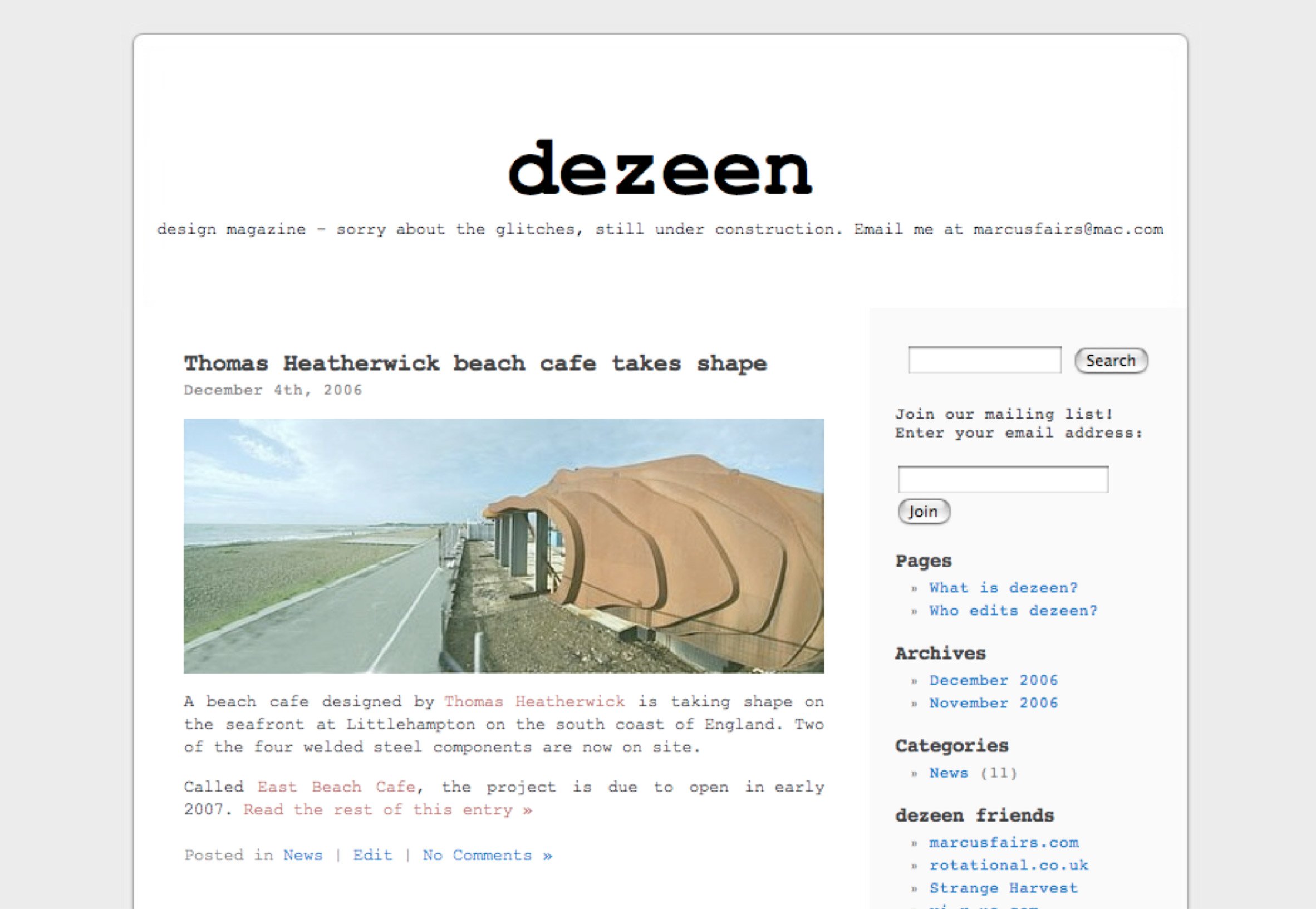
Icon’s early cover stars were a roll call of design dignitaries: Zaha Hadid, Rem Koolhaas, David Adjaye and Peter Saville. But Fairs would also give relative unknowns the prime spot, including the recent graduate Maarten Baas. He was also canny, turning a brief encounter with Apple’s Jonathan Ive into a cover story, long before he was a household name.
Fairs was an assiduous member of the design scene in London, a fixture at openings and parties. These were his gathering grounds for connections, news and gossip – and the surest way to fall foul of him was to fail to invite him to something. Icon was an all-consuming project, and he divided the world into two camps: content for the magazine and everything else. This made life complex, as his instinct to be friends with designers and architects sometimes clashed with his newshound’s loyalty to the story.
“Dezeen’s readership grew almost exponentially”
In the end, he was fired, somewhat unfairly, after a falling out with the magazine’s owners. Alert to the shifting media landscape, Fairs was quick to realise that his next move would be a website. In late 2006 he started Dezeen out of his spare room. It was a turbulent, precarious time for him, and one suspects that the drive he put into his fledgling website was tinged with a desire for revenge.
Using his plentiful design-world connections, he started publishing their undoctored press releases. In a classic Fairs move, he argued that this was more honest than the print press merely running mildly edited press releases. Whether or not he believed that, it was a shrewd opening gambit because as a news hub Dezeen soon started to become indispensable to architecture and design practices.
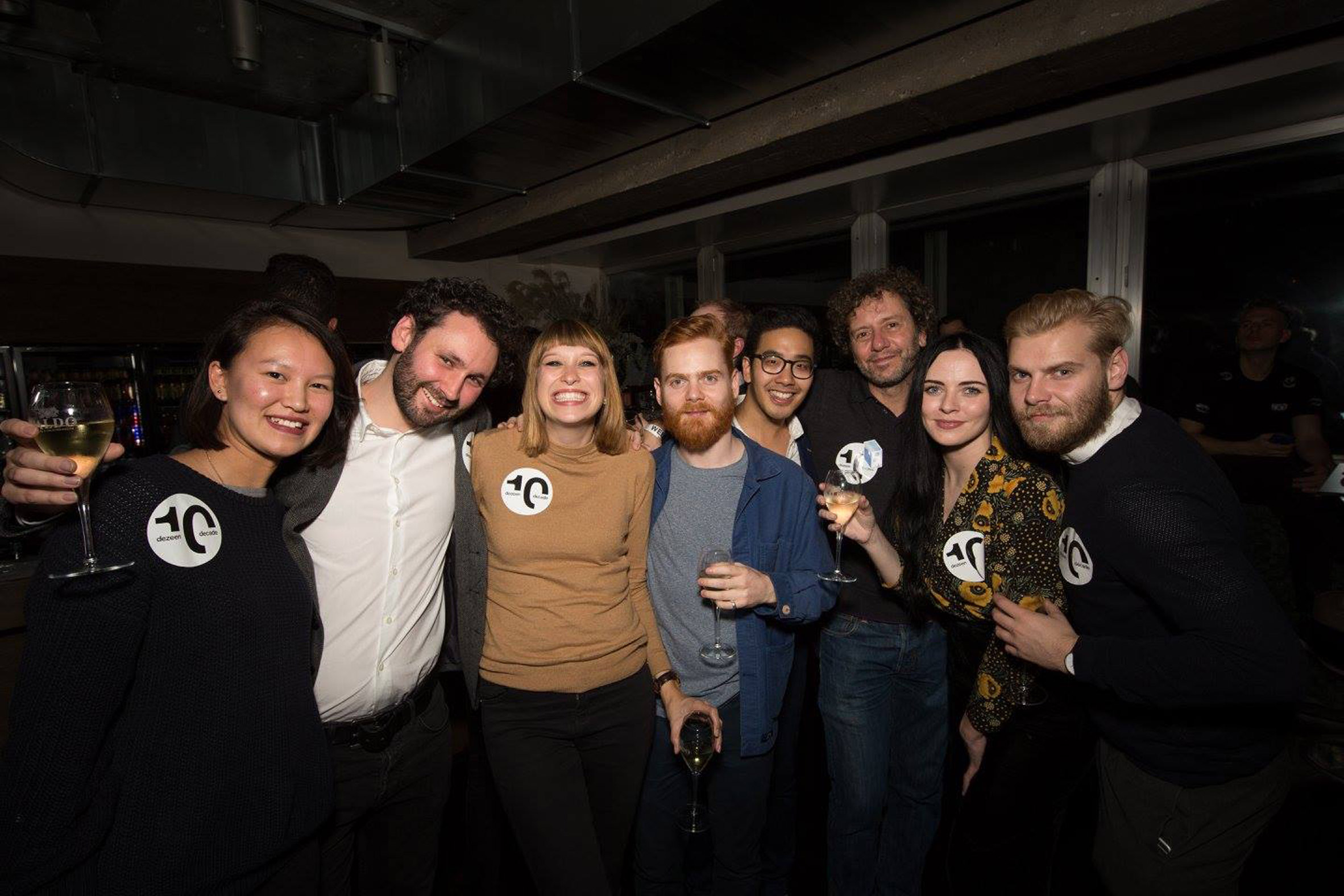
With print sales falling but advertisers yet to jump ship, Fairs opened the recruitment site Dezeen Jobs, creating yet more of a captive audience. This was only the first in a series of entrepreneurial moves that included programming events, opening an online watch store, directing promotional films for clients and starting his own awards scheme.
He understood that a media platform was best used as leverage for more profitable activities. An intuitive entrepreneur, he used to say that he was good at starting things, but evidently he was also good at sustaining them.
“Dezeen changed the way people consume design news”
Dezeen’s readership grew almost exponentially. Despite the numbers, he still strove for journalistic credibility, moving away from posting straight press releases and publishing more opinion pieces and critical commentary.
Even with Dezeen dominating the design media landscape, Fairs remained sensitive to the accusation that it was just “churnalism”. Snide remarks in the comments section were keenly felt, and he could never feel sure whether he was being feted by designers and architects for who he was or for his vast audience.
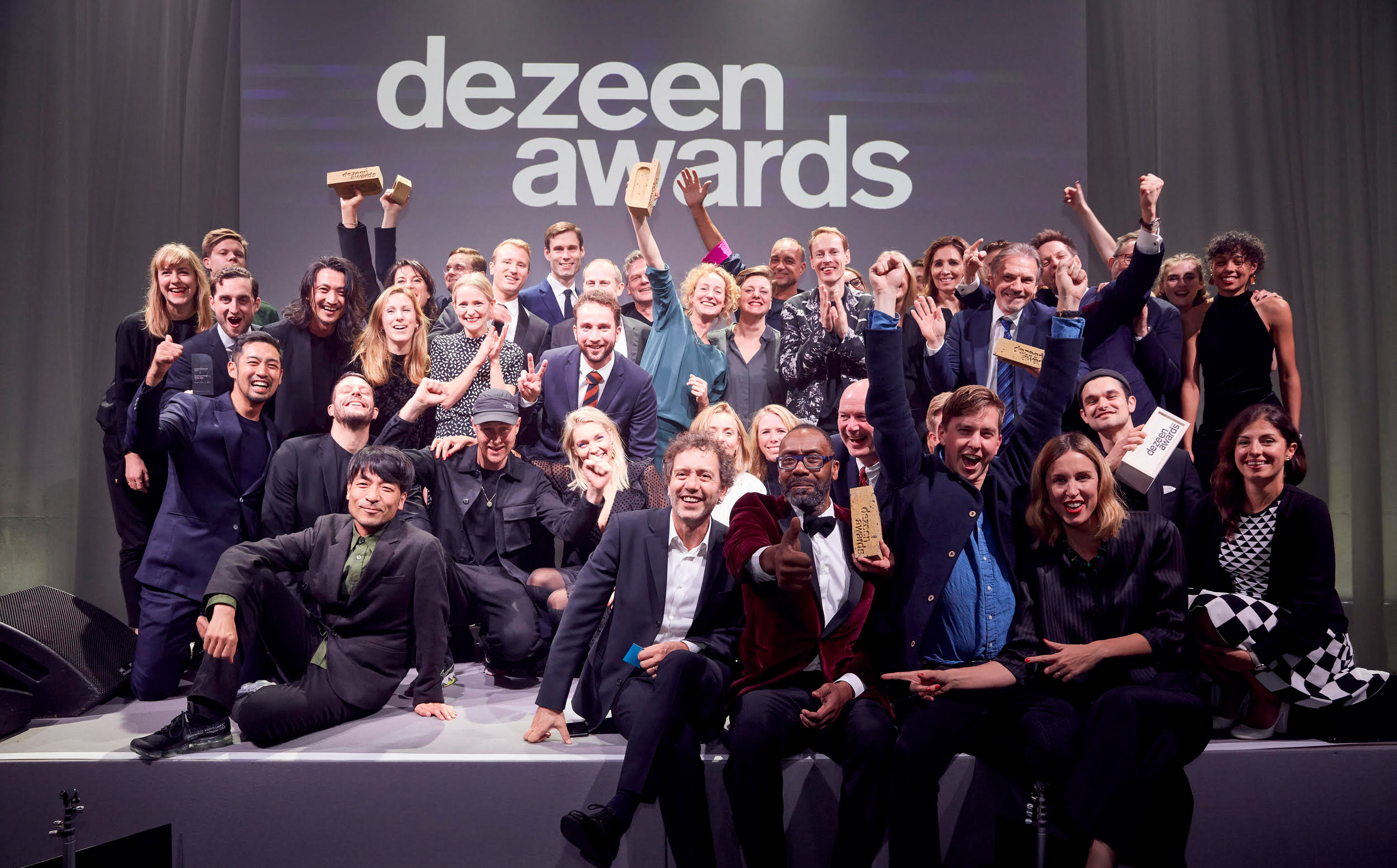
Either way, Dezeen changed the way people consume design news, and Fairs was undoubtedly one of the design world’s pre-eminent power brokers. In 2021 he sold Dezeen to the Danish media company JP/Politiken Media Group, agreeing to stay on as editor-in-chief for a period of time. He remained engaged at every level to the very end. One can only speculate what his next project would have been but one took it for granted that there was another chapter to come.
Fairs was taken suddenly to hospital two weeks ago and died two days later. He is survived by his wife Rupinder and two children, Jordi and Millie, as well as by his parents David Fairs and Georgina Ledward, and his sister Elly Fairs.
Justin McGuirk is chief curator at the Design Museum. He is a writer and curator based in London who has been the director of Strelka Press, the design critic of The Guardian and the editor of Icon magazine.
The post "Marcus Fairs was undoubtedly one of the design world's pre-eminent power brokers" appeared first on Dezeen.
